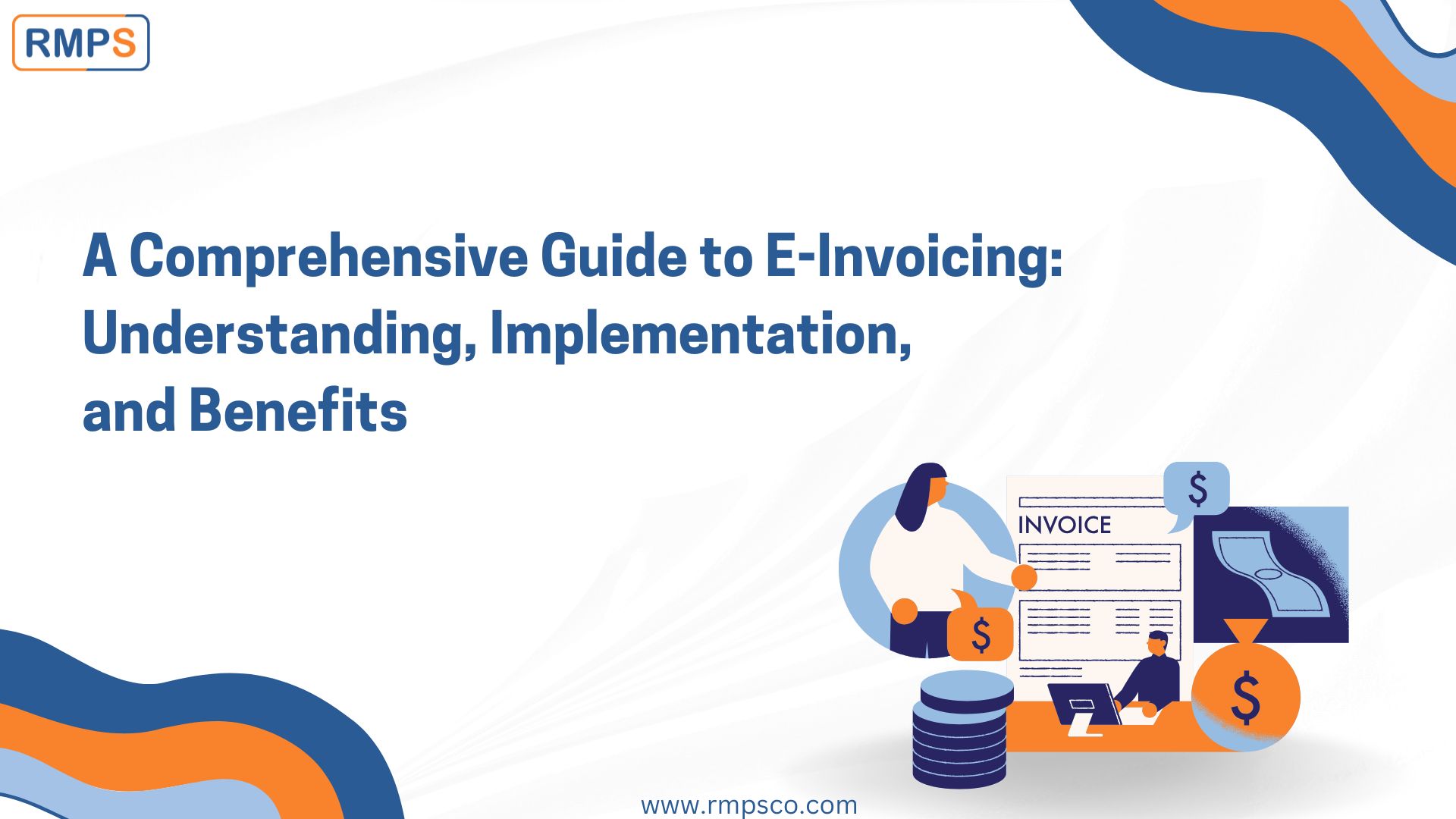
E-invoicing has revolutionized the way businesses handle invoicing and tax compliance. This blog explains what e-invoicing is, how it works, and why it is beneficial for businesses in India.
What is E-Invoicing?
E-invoicing is a digital system where businesses report their invoices to an Invoice Registration Portal (IRP) for validation under GST rules. After uploading the invoice (in Form GST INV-01), the portal assigns a unique Invoice Reference Number (IRN) and generates a QR code.
Quick Fact: The e-invoice isn’t directly created by the government portal but must follow a standard format called INV-01. This ensures smooth communication between businesses.
Who Needs E-Invoicing?
E-invoicing is required for businesses with an annual turnover above ₹5 crores. Certain entities, such as SEZ units, banks, and transport agencies, are exempt from this requirement.
How Does E-Invoicing Work?
- Generate Invoice: Businesses use their accounting software to create invoices.
- Upload to IRP: The invoice details are uploaded in JSON format to the IRP.
- Receive IRN & QR Code: The IRP validates the invoice, assigns an IRN, and sends back a QR code.
- Share Invoice: Businesses provide the final invoice, with the QR code, to their customers.
Benefits of E-Invoicing
- Automatic Updates: Invoice details directly populate GST returns and e-way bills, saving time.
- Standardized Format: A common format eliminates errors and miscommunication between systems.
- Improved Efficiency: Faster invoice processing and payment cycles reduce costs and disputes.
- Better Compliance: Businesses ensure adherence to GST rules, avoiding penalties.
Challenges in Adopting E-Invoicing
Switching to e-invoicing can be challenging, especially for smaller businesses. Common obstacles include:
- Limited access to advanced accounting systems.
- Adjusting operations to comply with real-time validations.
- Internet connectivity issues in remote areas.
Despite these challenges, adopting the system improves efficiency and compliance.
How to Get Started
If your business qualifies for e-invoicing, follow these steps to begin:
- Check Eligibility: Ensure your annual turnover exceeds the required threshold.
- Upgrade Software: Update your ERP or billing software to support e-invoicing.
- Train Staff: Educate your team on the e-invoicing process and compliance requirements.
- Use Free Tools: For smaller businesses, the GST portal provides free tools to generate e-invoices.
Best Practices for Success
- Verify GSTINs: Ensure the GSTINs of both the supplier and buyer are active.
- Store Records Digitally: Keep e-invoices securely for at least six years.
- Automate Where Possible: Use APIs for bulk generation to avoid manual errors.
- Stay Informed: Regularly check for updates to e-invoicing rules.
Common Questions About E-Invoicing
Can I edit an e-invoice after IRN generation?
No, but corrections can be made during GSTR-1 filing on the GST portal.
- Do I need to print e-invoices?
No. The QR code can be presented electronically during transport. - What happens if an e-invoice has errors?
It must be canceled within 24 hours. After this period, corrections must be made via GST returns.
Conclusion
E-invoicing is a powerful tool that simplifies tax compliance and improves business processes. While the transition may seem daunting, the long-term benefits are substantial. Businesses that embrace e-invoicing now will gain a competitive edge and stay compliant with GST regulations.
LinkedIn Link : RMPS Profile
This article is only a knowledge-sharing initiative and is based on the Relevant Provisions as applicable and as per the information existing at the time of the preparation. In no event, RMPS & Co. or the Author or any other persons be liable for any direct and indirect result from this Article or any inadvertent omission of the provisions, update, etc if any.
Published on: December 6, 2024
